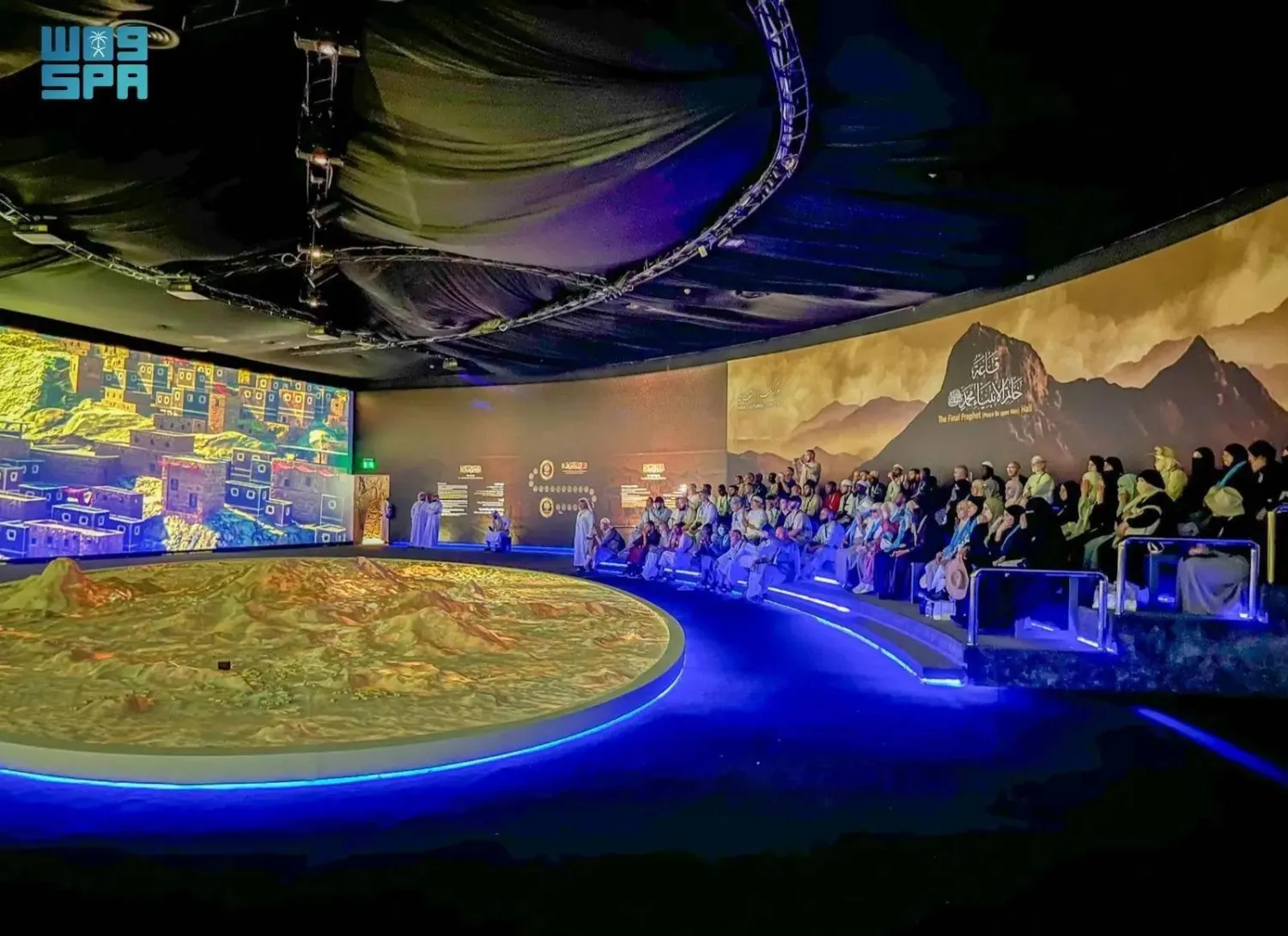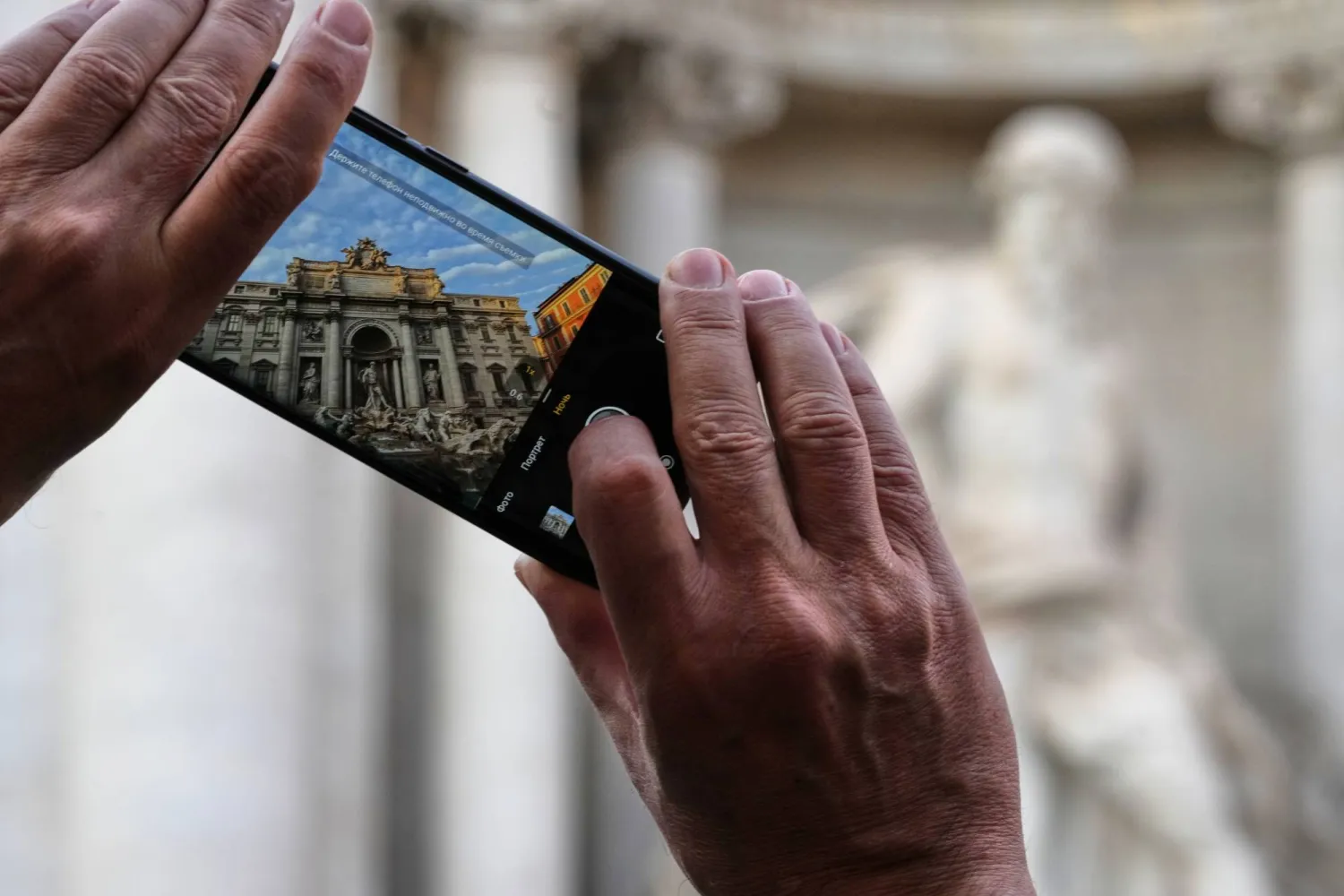Guests of the Custodian of the Two Holy Mosques' Program for Hajj, Umrah, and Visitation toured the King Abdulaziz Complex for the Holy Kaaba Kiswa and the Revelation Exhibition at the Hira Cultural District in Makkah, as part of a program implemented and supervised by the Ministry of Islamic Affairs, Dawah and Guidance.
Guests learned about the stages of Kiswa production, from fabric preparation to embroidery. They were also introduced to the raw materials used in the weaving process and participated in a symbolic experience of stitching a section of the new Kiswa, reported the Saudi Press Agency on Sunday.
The guests also toured the diverse halls of the Revelation Exhibition, where they viewed displays narrating the stories of the prophets and highlighting the prophetic features from the life of Prophet Muhammad.
The guests expressed their gratitude to the Kingdom’s leadership for its great dedication to preserving the Prophet’s biography and the history of Islam.
The number of guests hosted under this year’s program has reached 2,443 pilgrims from over 100 countries. All services are provided to the guests through an integrated system overseen by the Ministry of Islamic Affairs, Dawah and Guidance.









